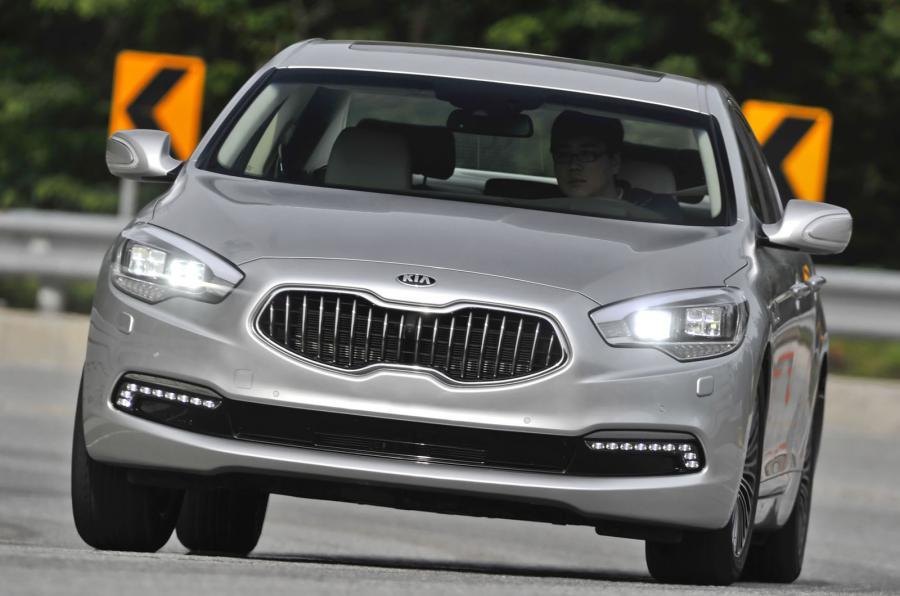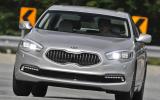The Kia Quoris is the Korean manufacturer’s new flagship saloon, and a clear signal of the brand’s intention to compete head-to-head with the European motor manufacturers in the executive and luxury saloon sectors.
The five-metre-long, rear-drive machine is predominantly angled at the USA, Middle East and Russia, as well as the domestic South Korean market. In some countries, the Quoris is also known as the K900 or K9.
Built at Kia’s Sohari plant in South Korea, where the Sedona and Kia Rio are also created, the Quoris introduces a wide range of technology that isn’t normally seen on the brand’s products.
Already on sale in Kia’s homeland, the US market K9 was unveiled at the LA motor show in 2013.
Kia concedes that the prospect of an executive offering bearing its badge might seem incongruous to those European consumers who are more used to its range of competitively priced compact cars and SUVs.
However, it has been encouraged by healthy US sales of top-of-the-range versions of cars such as the Cadenza saloon, which suggests there is a consumer acceptance of Kia-branded high-end cars in America.
While the Korean-market K9 is powered by a 3.3-litre engine, overseas markets will have a 3.8-litre V6 or 5.0-litre V8, mated to an eight-speed automatic transmission. US pricing hasn’t been determined, but the range is expected to fall between $45,000 and $75,000.






























